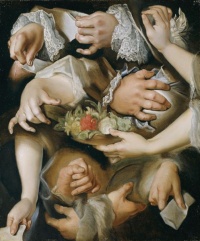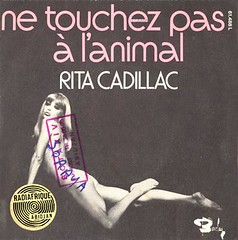[Youtube=http://www.youtube.com/watch?v=4uRNA3SgUG8&]
Lena Horne in Now (1965) by Santiago Álvarez
Now (1965) is the title of a short subject directed by Cuban filmmaker Santiago Álvarez, about racial discrimination towards black people and ensuing race riots in the United States. The propaganda/political film uses morgue photos and newsreel footage and is narrated by Lena Horne by way of a song (words set to the ultimate world music classic “Hava Nagila“) entitled “Now is the Time.”
[Youtube=http://www.youtube.com/watch?v=RA3NRe5kgak]
- L’Inferno by Giuseppe de Liguoro with added music by Zbigniew Preisner
L’Inferno is a 1911 silent film by Giuseppe de Liguoro, loosely adapted from Dante‘s The Divine Comedy and presented to a Parisian public by Ricciotto Canudo in the same year to inaugurate “The Birth of the Sixth Art“.

















